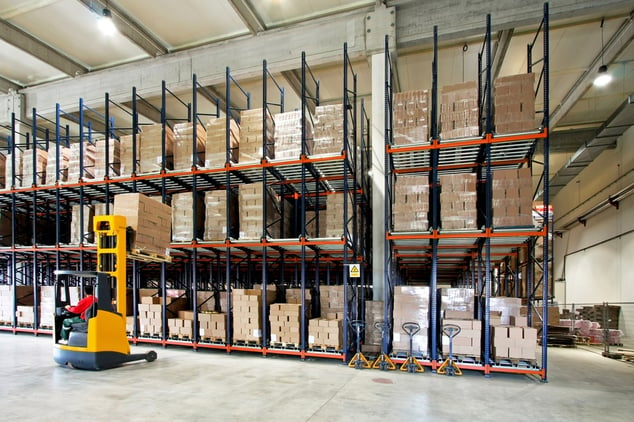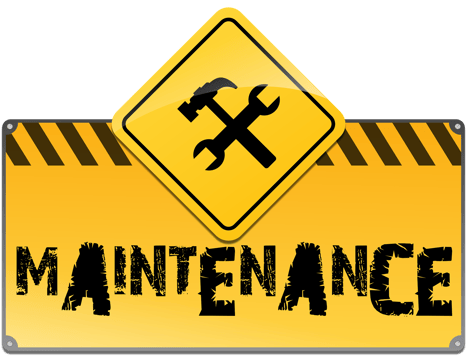Warehouse Management Systems (WMS)
A functional Warehouse Management System (WMS) is a critical pillar of your supply chain infrastructure. When used correctly, a WMS helps drive operational excellence and enables a high performing distribution center.
Not quite sure what a WMS does or accomplishes? Curious about how to select the right one for you? Read on for insight from LIDD experts on selecting, implementing and maintaining a warehouse management system that will work for your operation.
What is a WMS?
Let's breakdown each letter in the acronym to understand what a WMS is:
WAREHOUSE
A "Warehouse" is any infrastructure where storage and distribution take place. These activities can lie anywhere along the supply chain, from raw materials to production, and from finished goods to customers.
Warehouse functions include receiving, putaway, replenishment, order assembly and shipping. Additionally, many warehouses have kitting, "value added" services and special packaging functions.
MANAGEMENT
"Management" is really a catch-all term that covers three distinct elements: planning, executing and managing warehouse activities. WMS plan for two main things: resources and tasks.
SYSTEM
The textbook definition of a "system" is a group of components forming an integrated whole. A WMS is just that - a group of technology components that work cohesively together allowing you to make operating decisions, organize data and interact with different devices within a distribution centre.
Click here to read an eBook that explains what a warehouse management system does in more detail.
Why Should Businesses Invest in a WMS?
Different situations may prompt a need to invest in a WMS:
- Your operations suffer from:
- costly errors
- low productivity
- poor inventory visibility or
- excessive clerical expenses
- Your competition offers customer service advantages that enable them to grab and grow market share
- Your current WMS can no longer support your growing supply chain
- Your software vendor is no longer a good fit for your company's long-term plans
Key WMS Functionalities
A WMS performs three critical functions within an operation:
- Predictive Tasking: a WMS can accurately predict what's needed where and when, and instruct workers to prepare work in advance.
- Resource Planning and Task Planning: A WMS generates vital statistics on the resources used to perform any range of warehouse tasks, a role that no other system in your application park can play.
- Reporting: Every activity is stored in a database, which helps determine productivity levels.
Steps for Selecting a WMS
There are five basic steps to follow when selecting a new WMS:
- Clearly define your needs and build a capital infrastructure roadmap
- Identify potential solutions
- Create and issue Request for Proposal (RFP)
- Shortlist solutions for on-site demo
- Perform due diligence
WMS Pricing

Too often when making a decision between competing WMS programs, companies focus on the price tag of the software and neglect the inevitable auxiliary costs. To get a better perspective on how much a new WMS really costs, here are the major components to budget for:
- Software Licenses
- Hardware Devices
- Installation of warehouse assets (barcodes, WIFI coverage, charging stations, etc.)
- Configuration/User-interface Customization
- Software Integration(s)
- Post-Implementation Support
- Internal Resources
WMS Implementation Pitfalls
Selecting and implementation a warehouse management system is a complex project. Be cautious of falling into a trap of rushing or skipping through the selection process steps to avoid encountering the following implementation mishaps:
- A project is under-resourced
- Glossing over basic set-up and configuration
- Not fully understanding the functionality of a WMS
- Inadequate WMS solution
- The vendor is an inadequate partner
Four Key WMS Elements that Need Maintenance
Your WMS is a complex system that requires regular maintenance. As demand grows and your business changes, your system needs and strategies will also change. It’s important to maintain your WMS so that it stays relevant and effective. Here are the key areas you’ll need to maintain:
- WMS Interfaces
- Physical Devices
- Evolving Business Needs
- Keeping Master Data Clean
Benchmarking: WMS Functionality & DC Performance

When you have your new WMS up and running, it's time to evaluate how it's performing.
If you're interested in benchmarking your warehouse, download this eBook to know if your DC is a high or low performer.
WMS Best Practices
Here are some final thoughts as you plan and set goals for you and your team:
- Set realistic and aggressive go live dates.
- Measure progress ruthlessly. Losing a week is unaffordable.
- Prepare to compromise. Not everything should lead to a change order request, modification or new set of code.
- Invest time to ensure quality data.
- Identify super-users up front, give them ownership of the project and give them the tools to succeed.
In the process of selecting a new WMS for your DC? Contact us and we'd be more than happy to discuss how LIDD can help.
.png?width=2003&height=403&name=main_logo_rich_black_full@4x%20(5).png)








